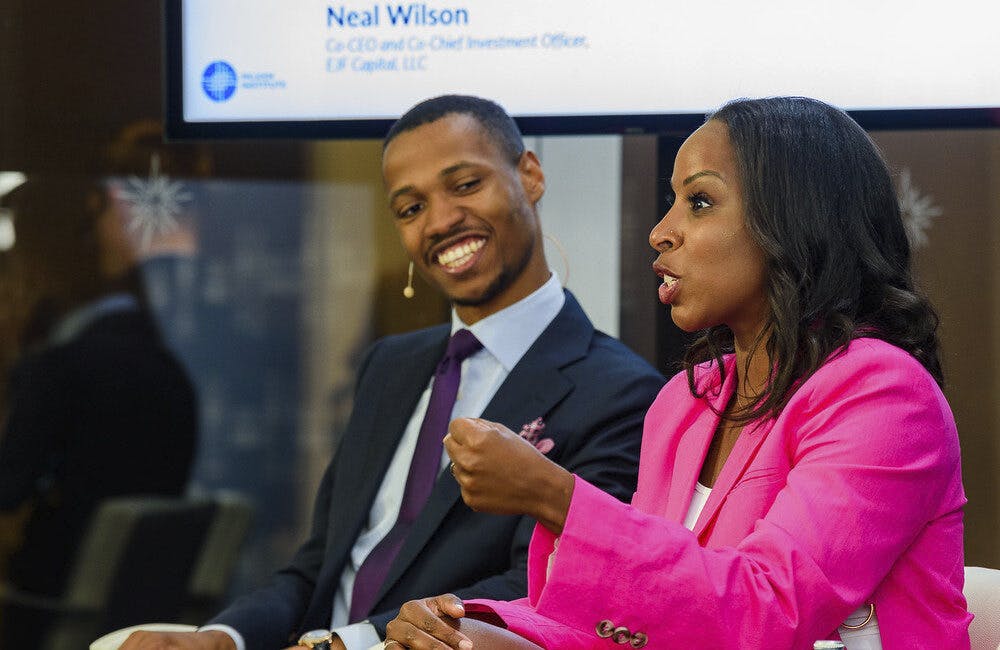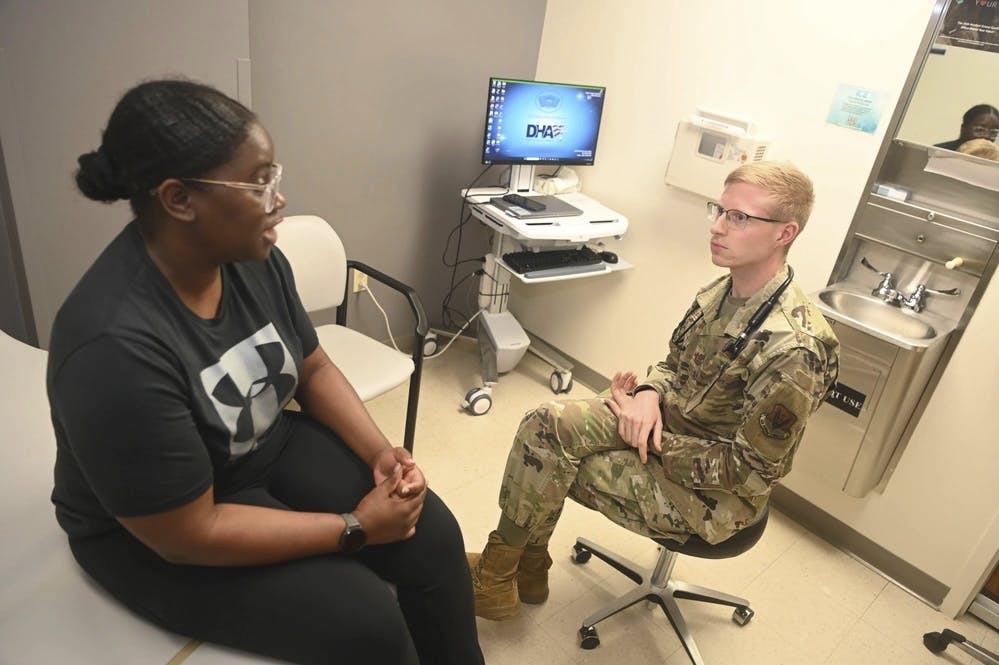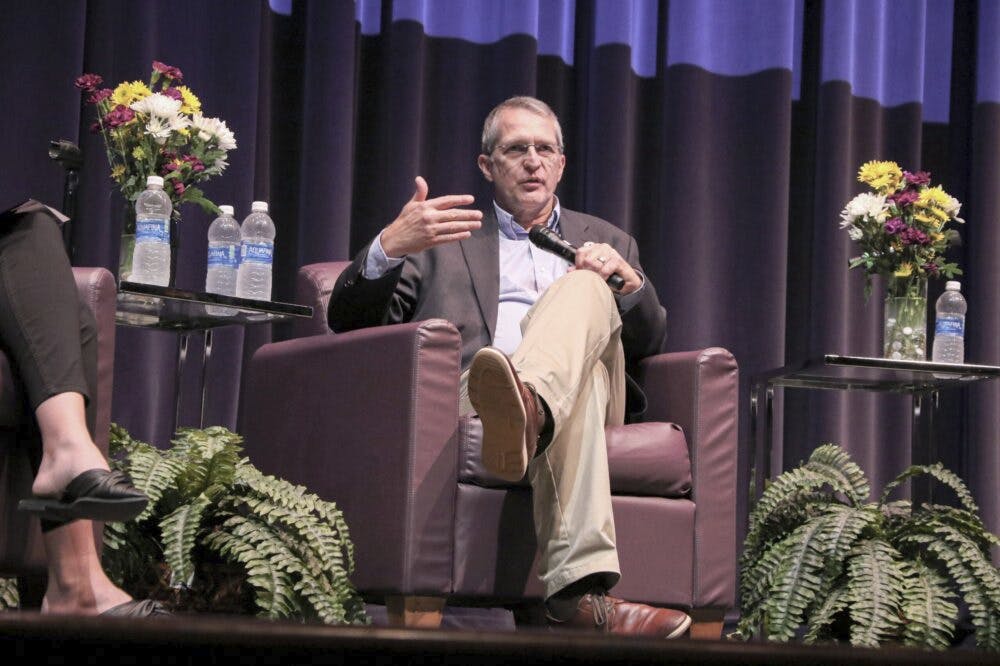HHS Advancing Health Equity Through Data and Innovative Policies
HHS is on a progressive path to increase access to patient data, operationalize policies and form partnerships.

As equity becomes a larger priority across public health agencies, the Department of Health and Human Services has a number of efforts to advance health equity for the public, but it’s calling for greater data management practices to help.
The CMS Innovation Center Strategy is one effort focusing on embedding equity throughout all of its models. It’s doing so by thinking through things like who’s part of the care delivery team and how it pays for certain interventions to underserved communities.
According to CMS Chief Medical Officer Dr. Dora Hughes, a key component to this mission is increasing the availability of patient data. Having access to demographic data or standardized social needs data would help identify disparities and inform the interventions that are needed. Hughes said CMS has sufficient data for racial and ethnic groups, but is still challenged when it comes to collecting data from other disadvantaged populations like those with disabilities.
“We know if our beneficiaries are disabled, but we don’t have information about whether it’s a physical or intellectual disability. Do they have trouble with vision or hearing? That’s the type of information that you need if you’re really going to design an effective and meaningful intervention to improve the care that we’re offering,” Hughes said during a FedInsider event.
HHS is taking an innovative approach to connect people and communities that are experiencing disparities to programs that are tailored to their needs. Miranda Lynch-Smith, acting assistant secretary for planning and evaluation at HHS, said the agency is taking a close look at how it invests in pipeline programs that either come into the HHS workforce directly or to those that it sponsors.
“We’re rethinking how we might engage with minority-serving institutions of higher education and how we can have very innovative approaches to apprenticeships.” Lynch-Smith said. “Or reducing barriers to people who may not typically come into our workforces or the workforces that we sponsor, including people who may have backgrounds of being impacted by criminal justice. Because we know those types of systems impact different groups differentially.”
HHS invests over $600 billion in communities for a variety of health and well-being issues. Not only are they examining programs and policies in which to award grants, they’re also searching for ways to simplify the announcements about funding opportunities.
“We want to think about how we advertise opportunities in a wide variety of languages, so all communities have access to them,” Smith said. “How do we ensure that we’re getting to organizations, non-governmental institutions and entities that are most proximal to underserved communities as we’re awarding grants. So, we want to rethink our very systems of getting the money out the door so that we always have an equity focus on the way that we do things. “
The innovative approach has also shown a lot of promise at CMS. Several years ago, the CMS Innovation Center model tested whether providers could screen patients for social needs such as trouble with housing, transportation and food insecurity. Following an evaluation, CMS found providers could screen patients in these different areas which really shaped how well they were able to access and benefit from care.
“We were also able to show that through an interim evaluation that by intervening we were able to reduce the amount of emergency department utilization by 9% and so of course that has real ramifications for patients in terms of access to quality care, but also the cost of care and making sure we can connect them in a more timely way, more efficient way,” Hughes said.
Lynch-Smith said advancing health equity goes beyond programs. It’s not just an HHS activity, it’s a joint effort across the entire government system where everyone looks at the issues together.
“There are 60-plus safety net programs, and they don’t all reside in HHS. Agriculture has a role to play, the Department of Labor has a role to play, Education has a role to play and we’re having those cross departmental conversations really looking at our authorities to see how we can address these root causes of health inequities,” Lynch-Smith said. “We’re also having cross-department actions to address the customer service experience of the family or individual when they come to the healthcare provider’s office. How can we make these connections real so that we can easily ensure that all programs are supporting individuals to address those social drivers, treating people as their whole selves and giving them the ability to experience good outcomes.”
Hughes also believes that partnerships across federal agencies and departments would put everyone a step closer to achieving health equity.
“We can reach out to our colleagues at CDC who have been looking at health disparities for decades. They have so many materials so we don’t have to start from new,” Hughes said. “It’s just really being able to reach out and leverage the expertise and resources of our federal agencies.”
The second reason Hughes is very optimistic is because they’re moving forward with their policies and how they conduct their day-to-day operations. Hughes said the discussions are challenging, but crucial when it comes to how they want to screen our patients for food insecurity.
“What are the gold standards questions that we should be using? How can we extricate this data and where does the data go?” Hughes said. “How do we ask our providers to do that? What resources can we provide to help to do that? And when we start to operationalize our policies, that is where I think we’re going to have success and sustainable success in the years to come. “
This is a carousel with manually rotating slides. Use Next and Previous buttons to navigate or jump to a slide with the slide dots
-

VA's Platform One Powers Rapid Innovation to Bolster Digital Services
VA's Platform One accelerates software development timelines from weeks to hours, ultimately enhancing digital services for veterans.
5m read -

VA CIO Targets Modern IT and Smarter Workforce Alignment
Agency leaders told lawmakers they are focused on trimming legacy systems and restructuring its workforce to streamline operations.
3m read -

Trump Executive Order Boosts HBCUs Role in Building Federal Tech Workforce
The executive order empowers HBCUs to develop tech talent pipelines and expand access to federal workforce opportunities.
3m read -

IHS Prepares to Deploy PATH EHR at Pilot Sites in 2026
IHS targets PATH EHR pilot in 2026, emphasizing governance, collaboration and interoperability as key pillars of the modernization strategy.
4m read -

FEHRM CTO Targets Two-Year Cloud Migration for Federal EHR
Lance Scott touts new EHR tech advancements, including cloud migration, expanded data exchange and AI integration to improve care delivery.
4m read -

VHA’s AI Chief Led NIH’s New AI RFI
The agency's AI chief Gil Alterovitz helped develop a plan that hints at how NIH is charting the future of AI and biomedical research.
5m read -

Trump Taps Maj. Gen. John Bartrum to Lead VHA
Nominated for VA's top health role, Bartrum brings over four decades of military and public service to the agency.
3m read -

AI Growing in Focus Amid HHS Restructure
Department of Health and Human Services officials see promise in artificial intelligence amid efficiency goals.
4m read -

Federal EHR Leaders Eye Ambient Dictation, Interoperability
Officials from DOD and VA said they are exploring new EHR features such as functionality in offline status and interoperability.
5m read -

Federal Agencies Tout Tech in President Trump’s First 100 Days
Defense modernization and health care restructuring landed among some of the key IT highlights within the president's first few months.
6m read -

VA Secretary Tells Congress Tech Efficiencies Will Help Offset Workforce Reductions
Technology improvements will help allow department to maintain veteran care, VA leadership tells Senate Veterans Affairs Committee.
-

NCI Uses Wearables Data to Link Exercise to Cancer Risk
NCI finds a connection between low-intensity exercise and decreased risk of cancer through data collected from wearable technology.
9m listen
















